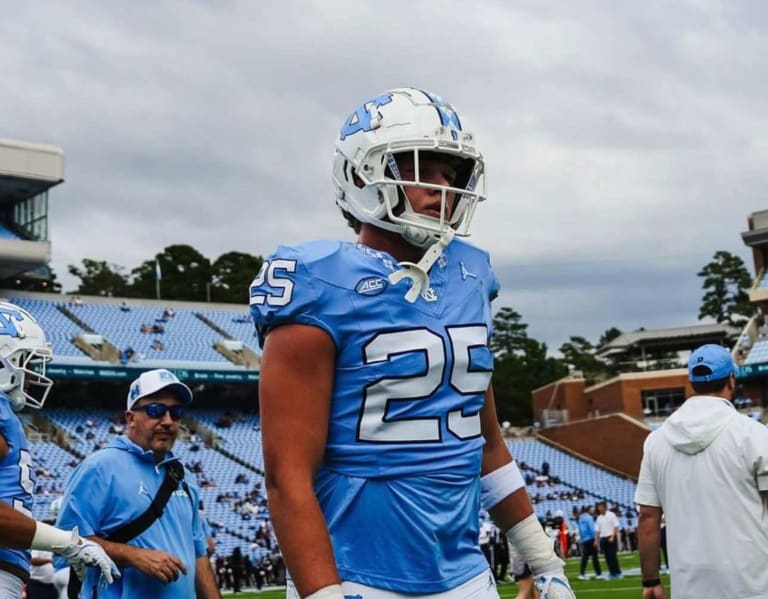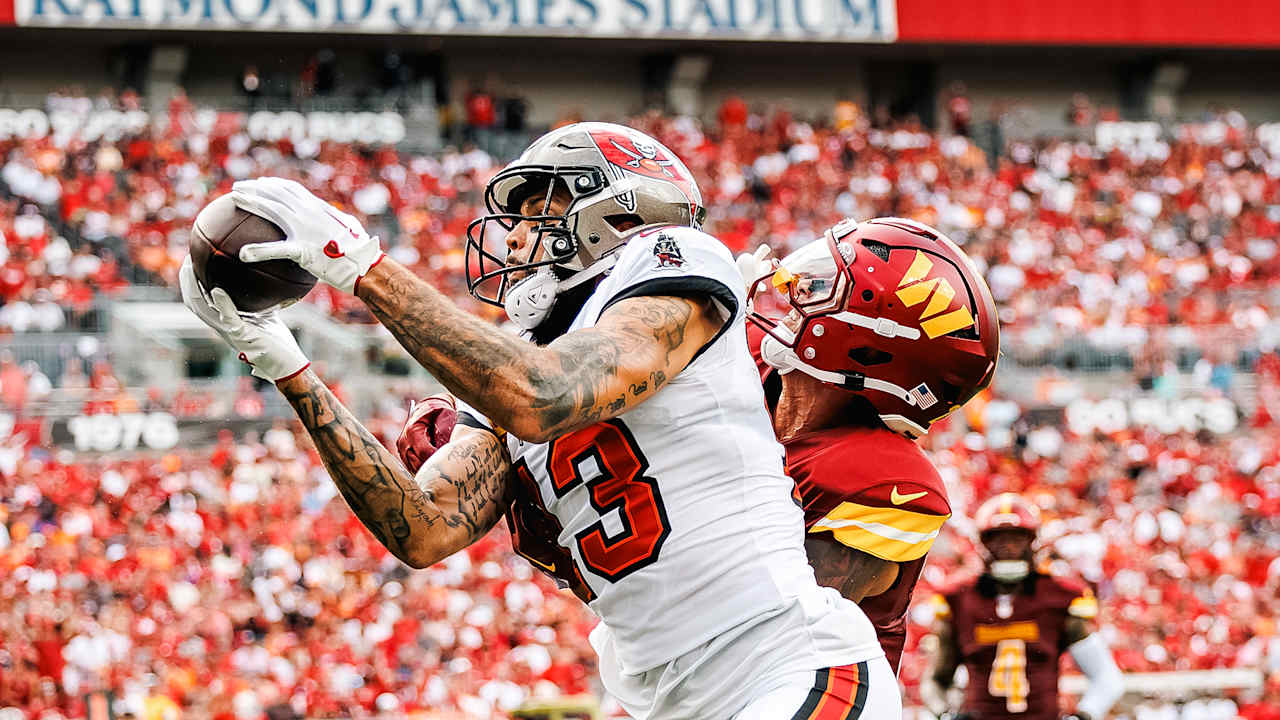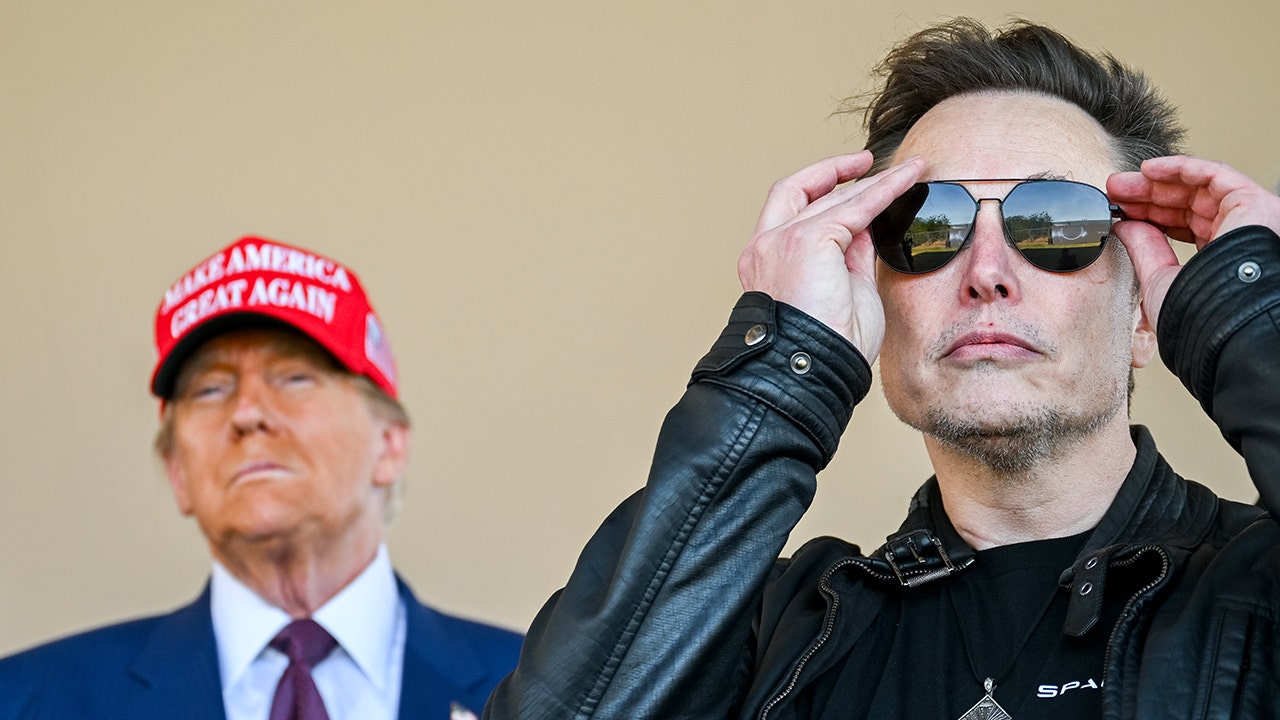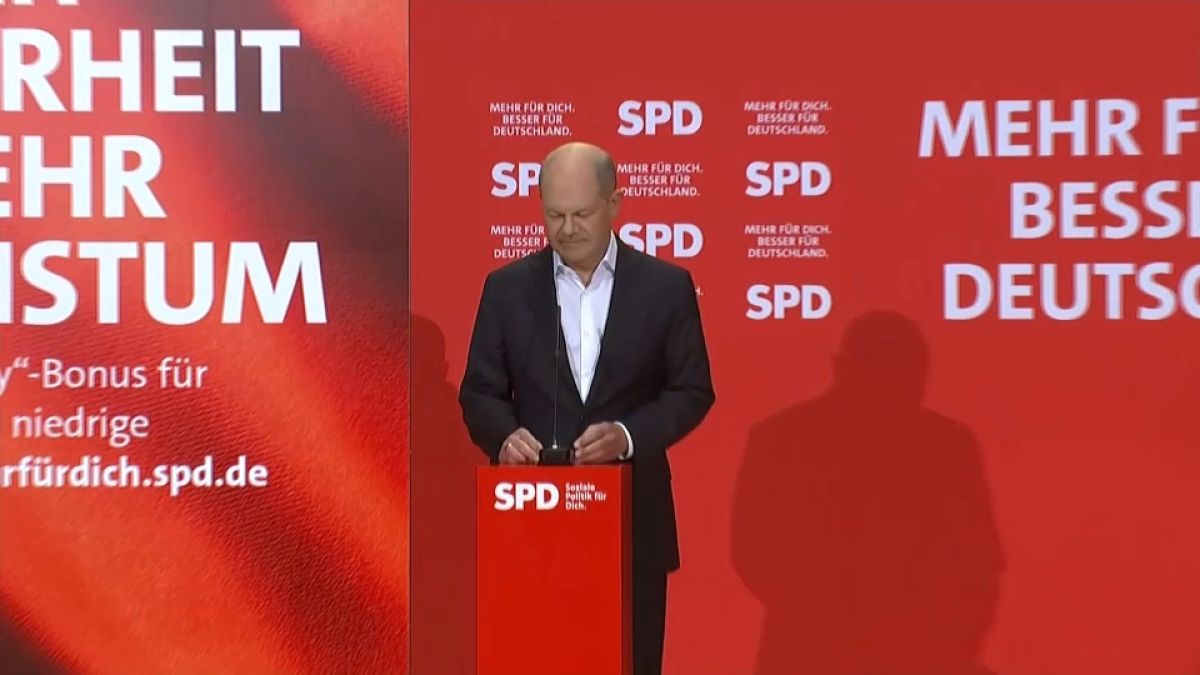Sports
Saudi Arabia’s coveted Masters 1000 tennis tournament has stalled as Six Kings arrives in Riyadh

One by one, they pull up at the St Regis Hotel in Riyadh.
Jannik Sinner, Carlos Alcaraz, Rafael Nadal, Daniil Medvedev and Holger Rune have arrived — only Novak Djokovic is yet to join the biggest stars in men’s tennis in accepting flowers, taking tea and talking with Turki Alalshikh, chairman of Saudi Arabia’s General Entertainment Authority (GEA).
They are the show and they are here in the Saudi capital for another. One of the richest exhibitions in tennis history, a $15million (£11.9m) bonanza the kingdom has called the ‘Six Kings Slam‘. The winner will take home $6m. Just being there earns over $1m.
Two weeks later, the WTA Tour will arrive for its season-ending finals, another $15million payday for the top eight women’s singles players of the year and the best women’s doubles teams. The ATP Next Gen Finals, an event featuring the top eight men in the rankings aged under 21, will come to Jeddah, Saudi Arabia’s second biggest city and commercial center, in December.
For the rest of the season, this Gulf nation will assume the role of the heart of the tennis universe, as unlikely as that might seem for a country where people barely play the sport and important tournaments have never taken place. After years of pushing, everything looks ready for Saudi Arabia’s billion-dollar move to become a major force in tennis to take off — with one major hitch.
After months of back-and-forth negotiations and due diligence between the kingdom and the entities that control tennis, the proposal for a major, mixed, 1000-level tournament (one rung below the four Grand Slams) to be held in Saudi Arabia in January or February is still at least three seasons away, a loose gesture at seismic change only slightly more fleshed out than it was a year ago when it set the sport aflame.
GO DEEPER
Saudi Arabia’s new $1billion proposal and the battle to control tennis
The biggest asset of Saudi Arabia’s three-headed push into tennis remains just an idea, with uncertainty on both sides over the tournament’s size, timing and financing. There remains no guarantee it will come to fruition. There has been no decision on who will participate or how much it will all cost, according to people briefed on the discussions who remain anonymous because they are not authorized to speak publicly about them.
The proposal has become such a question mark that it barely figured in meetings between the ATP and WTA Tours and the four tennis associations that control the Grand Slams at this year’s U.S. Open. Months of discussions between Saudi sports leaders and ATP executives — closely watched by WTA leaders — have failed to bring an agreement on even the most basic tenets of a tennis tournament:
- When should such an event take place?
- Will it be for just the top 56 men, or will it be a larger draw?
- Will it be a mixed event, as the Saudis would prefer, bringing the tournament on par with other 1000-level tournaments, such as Indian Wells, Madrid and Rome — some of the most prestigious of their kind?
Mounting complaints from players about the length and logistics of the sport’s current schedule have further complicated the discussions. Tour officials know this is not the moment to announce a new mandatory tournament, especially one that could shorten an off-season that most agree is already too brief.
Moreover, the answers to the questions above will significantly affect how much money the event might produce, and how much Saudi Arabia’s Public Investment Fund (PIF) wants to invest in the venture through its sports unit, SURJ Sports Investment. The grand promises of 12 months ago have contracted.

The PIF has partnered with the ATP and WTA Tours on large sponsorship deals. (PIF / Getty Images)
“It wasn’t at the forefront of the discussions because it doesn’t make sense,” said one of the people involved in the Grand Slam meetings at the U.S. Open. “We’re making the assumption that this is nothing to worry about.”
With their coup de grace still up in the air, the Saudis have opted for a more considered approach, people familiar with their plans say — an approach that lends this next month or two of tennis an air of provisionality. Saudi officials are resistant to talking about any grand plans they might have for tennis because they don’t know where those plans might go.
They will test the waters with their biggest and most expensive exhibition — the Six Kings Slam offers one of the biggest monetary prizes in tennis history.
Then the women will arrive for their tour finals, allowing the country to gauge interest and help determine how hard the kingdom should push to invest in tennis during the next decade. The Saudi contract with the WTA runs through 2026, allowing all parties to feel out each other’s strengths and weaknesses.
How many people will attend? Will the infrastructure hold? Will the media impressions roll in? The plan is to see how these events unfold, before pressing ahead with commitments for new ones.
That stance is starkly different from the Saudis’ actions this year. In rapid succession, the nation’s various sports and entertainment units announced new initiatives that made it one of the largest investors in tennis.
Three separate entities have pursued tennis investments without much coordination, though outsiders often lump them together.
In rapid succession during the past year, the GEA unveiled this Six Kings Slam, and the PIF announced major new sponsorship deals with the men’s and women’s tours, which included naming rights to the official rankings. The Ministry of Sport of Saudi Arabia, the Saudi Tennis Federation (STF) and the WTA Tour then announced a three-year deal to host the tour finals. Nadal was announced as an STF ambassador, helping promote tennis in the country and add legitimacy to its tennis interests in the eyes of the rest of the world.
Representatives of the PIF held talks with executives of Sinclair Broadcast, which owns the Tennis Channel, about acquiring a major stake in the network. According to people involved with those talks, who spoke anonymously to protect relationships, negotiations broke down when Sinclair raised the asking price from $750million to more than $1billion.
These moves raised Saudi Arabia’s tennis profile, but its potential new tournament at the start of the season was seen as the most important of its tennis investments — and its most divisive. It bid for that event through PIF and SURJ, but the financial ramifications almost paled compared to the existential angst coursing through tennis at the news of the kingdom’s pursuit of the tournament. It would cement Saudi Arabia’s place at the center of the sport, bringing with it an extensively criticized human rights record.
Upon the spring announcement of the country’s deal to host the WTA Finals, Human Rights Watch said, “Torture and imprisonment of peaceful critics of the government continues. Courts impose decades-long imprisonment on Saudi women for tweets.”
Former players, including Chris Evert and Martina Navratilova, publicly criticized “partnering a country with a history of repressive laws against women, that criminalizes homosexuality and free speech, and that in 2018 murdered Jamal Khashoggi, a dissident journalist who had travelled to the Saudi consulate in Istanbul, Turkey, to get documents he needed for a marriage license,” as The Athletic wrote in April.
When Saudia Arabia’s pursuit of tennis first came to light, at Wimbledon last year, it prompted the Grand Slams to pursue a counter-offensive that amounted to an attempted takeover of the sport.

Saudi Arabia’s moves into tennis have roiled the organisations behind the Grand Slam tournaments. (Henry Nicholls / AFP via Getty Images)
Tennis Australia had the most to lose. Any tournament in the early part of the year would significantly impact tuneup events in Australia and New Zealand before the Australian Open.
Led by Tennis Australia, the Grand Slams banded together to propose a new format for the entire season, with roughly 14 tournaments included in a so-called ‘premium tour’ for roughly the world’s top 100 players.
The move was an attempt to cleave the biggest non-Grand Slam tournaments from the men’s and women’s tours. The Grand Slams’ organisers also aimed their efforts at players, who have long complained about their arduous schedule’s duration.
In response, the ATP and the WTA pushed ahead with their lucrative sponsorships with Saudi Arabia. Those deals produced hundreds of millions of dollars in much-needed revenue for the tours, some of which will filter down to the players as prize money and bonus payments. Then, at this year’s Indian Wells, the Grand Slams moved to present their plan to the power brokers of tennis, but could not deliver something fully fleshed out. That idea too stalled, smothered by the inertia and fragmentation at the heart of tennis’ corridors of power.

GO DEEPER
Inside tennis’ corridors of power: A fractured hall of mirrors where nothing is as it seems
Since then, top players have been airing their complaints about the schedule again, especially the tours’ decision to extend the length of several of the mandatory Masters 1000 tournaments from seven to 12 days, essentially making them two-week events.
Those complaints have ratcheted up in recent weeks. Iga Swiatek, the world No. 1, complained of exhaustion throughout the summer. Carlos Alcaraz, the sport’s biggest young star, predicted the current schedule “is going to kill us in some way” in a news conference at the Laver Cup, another exhibition event.
Adding another event before the Australian Open would leave players feeling obliged to hit the ground running rather than playing themselves into form in Australia and New Zealand, where they can adjust to the time zone and climate in the weeks leading up to one of the year’s four most important tournaments.
With the tours unable to deliver what the Saudis were hoping for, plans for the new event and the Saudis’ biggest foothold in the sport remain a work in progress. That has allowed sports officials in the kingdom to approach the upcoming tennis events as a lab experiment.
What happens beyond that remains a mystery.
What happens during the next month, however, from how the players experience the event to whether locals and tourists fill the stadium, will dictate what happens down a still-unfinished road.
(Top photo: Adam Pretty / Getty Images)

Sports
Coco Gauff beats Iga Swiatek to help USA win United Cup title over Poland in Australia

Coco Gauff moved her head-to-head with Iga Swiatek one small step in the right direction with a 6-4, 6-4 win of at times outrageous quality in Sydney. Gauff’s victory gave Team USA a 1-0 lead in the United Cup final, before Taylor Fritz edged past Hubert Hurkacz 6-4, 5-7, 7-6(4) to clinch the title.
Swiatek now leads Gauff 11-3, but the American has won their last two meetings as she reworks the forehand and serve that hampered her for much of the 2024 season. Gauff, who added grip expert Matt Daly to her coaching team after splitting with Brad Gilbert, whipped Swiatek’s notoriously heavy forehand onto the lines time and again throughout, varying height and spin to keep the world No. 2 from establishing the baseline rhythm that so often sees her dominate players.
As at the WTA Tour Finals in Riyadh, Saudi Arabia, Swiatek made more forehand unforced errors than Gauff — but her groundstroke performance in Riyadh was completely errant, while this was a much closer contest that the Pole led on multiple occasions.
Swiatek looked hampered by an issue with her left thigh in the last two games, a separate issue to the right-thigh injury that she has carried since beating Britain’s Katie Boulter. After a titanic eighth game of the second set in which Gauff broke for 4-4, it made for a disappointingly flat end to what had been an incredible encounter. Gauff will exit with renewed confidence in their thus-far slanted rivalry, while Swiatek will look at being a break up in both sets as both an opportunity missed and encouragement for the rest of the 2025 season.
“I have the belief now that I am one of the best players in the world,” Gauff said on the court.
Hurkacz earned a 2-0 lead at the start of the third-set tiebreak against Fritz, who reached his maiden Grand Slam final at last year’s U.S. Open and reached a career-high ranking of No. 4 in the world. But the Pole tightened when on the front foot in two baseline exchanges, moving forward at the wrong time and letting Fritz move out in front.
It is Team USA’s second United Cup title, after winning the inaugural 2022 edition against Italy. Poland has now reached the final twice, losing on both occasions.
(Top photo: Brendon Thorne / Getty Images)
Sports
Bears' game-winning field goal drops Packers in NFC playoff seeding, snaps 10-game losing streak
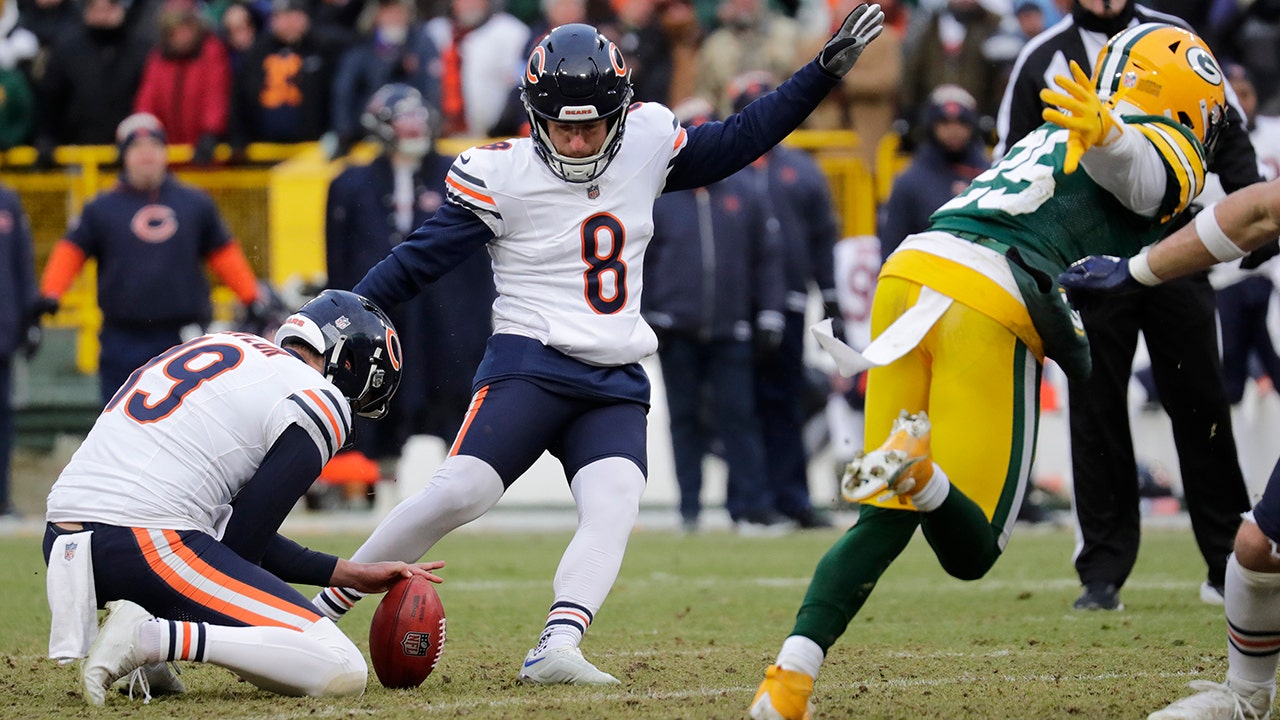
The Chicago Bears weren’t necessarily playing spoiler on Sunday when they took on the Green Bay Packers, but there was still a ton to play for as they wanted to finish the season on a high note.
That’s exactly what happened thanks to Cairo Santos drilling a 51-yard field goal to beat the Packers, 24-22, snapping Chicago’s 10-game losing streak to end the season with a 5-12 record.
It was also a historic kick made by Santos as the Bears finally defeated their NFC North foe, snapping an 11-game losing streak to the Packers.
Chicago Bears kicker Cairo Santos (8) celebrates his 51-yard game-winning field goal against the Packers, Jan. 5, 2025, at Lambeau Field in Green Bay. (Dan Powers USA TODAY NETWORK-Wisconsin)
The game-winning drive came after the Packers’ Brandon McManus drilled a 55-yard field goal to put Green Bay up 22-21 with 54 seconds left to play in the game.
Caleb Williams and the Bears’ offense knew they had one timeout remaining and needed the right yardage to get in range for Santos to walk it off. The drive didn’t start off well as Williams was sacked, but a costly penalty changed everything.
A horse collar tackle was called, leading to a 15-yard swing that put Chicago on the 35-yard line instead of back on their own 13. The very next play saw Williams connect with fellow rookie Rome Odunze to put the Bears at midfield with 40 seconds to play.
BEARS SHOCK PACKERS WITH PUNT RETURN TRICKERY FOR TOUCHDOWN
Then on 3rd-and-6 from Green Bay’s 46-yard line, Williams found D.J. Moore for 12 yards, but an illegal shift was called to negate the gain that would’ve given the Bears enough yards for Santos.
So on 3rd-and-11 with 15 seconds left and no timeouts remaining, Williams dropped back and found Moore in the middle of the field for an 18-yard pickup. Chicago rushed to the line of scrimmage and spiked the ball with two seconds left, giving Santos the chance to win it.

Chicago Bears quarterback Caleb Williams throws a pass during the fourth quarter against the Green Bay Packers at Lambeau Field. (Jeff Hanisch-Imagn Images)
The kick was hit with enough distance and the right trajectory, and the celebrating ensued at Lambeau Field.
And while the Packers were already in the playoffs, the loss, coupled with the Washington Commanders’ own game-winning drive, dropped Green Bay to the No. 7 seed in the NFC. They have to go to Philadelphia to face the No. 2 Eagles instead of going to Los Angeles to face the No. 3 Rams.
In the box score, Williams was 21-for-29 for 148 yards with a touchdown pass to Moore, who had nine catches for 86 yards. D’Andre Swift also found the end zone on one of his 20 rushes for 65 yards.
Chicago also had one of the league’s best trick plays of the season as Josh Blackwell ran back a 94-yard punt for the game’s first touchdown after going virtually untouched with the Packers thinking a second Bears punt returner was going to catch it.

Chicago Bears kicker Cairo Santos kicks a 51-yard game-winning field goal against the Green Bay Packers, Jan. 5, 2025 at Lambeau Field. (Dan Powers USA TODAY NETWORK-Wisconsin)
For the Packers, Jordan Love initially started this game but was taken out as a precaution with what was called an elbow injury. Malik Willis took over and went 10-of-13 for 136 yards. Josh Jacobs found the end zone for Green Bay again this season as well.
Follow Fox News Digital’s sports coverage on X, and subscribe to the Fox News Sports Huddle newsletter.
Sports
UCLA needs to go big as it goes home: Takeaways from the Bruins' loss to Nebraska
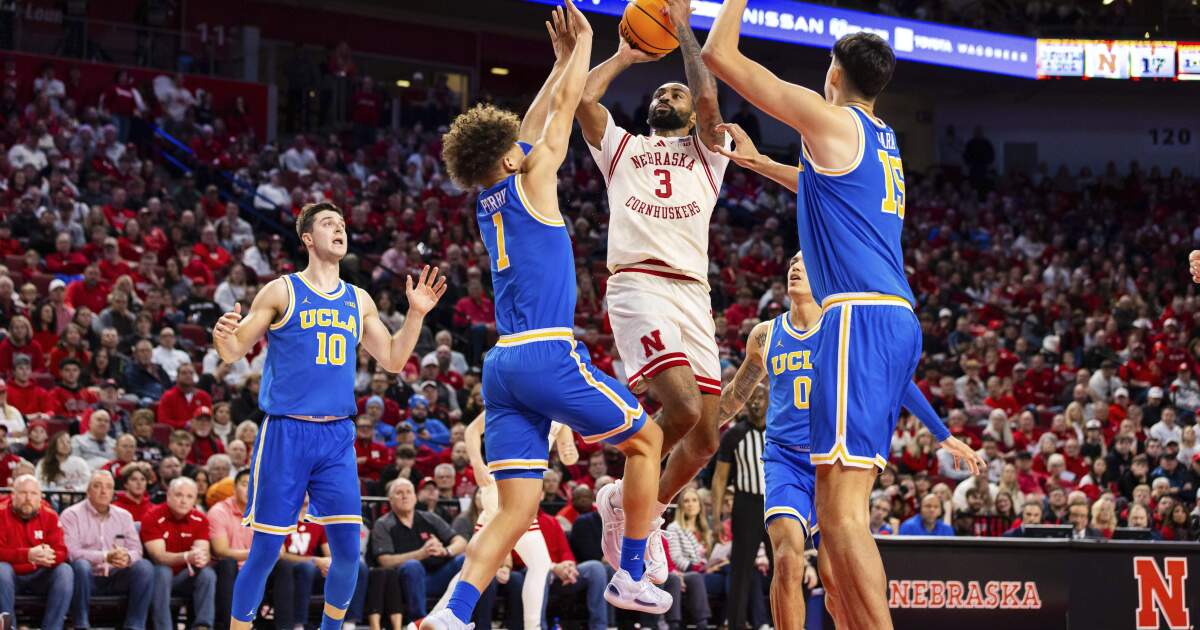
UCLA has an answer for one of its biggest problems taking up more space than anyone else on the bench.
He stands 7 feet 3, wears size-18 shoes and has a wingspan rivaling that of some regional jets.
His name is Aday Mara, and he’s probably going to have to play significantly more minutes for the Bruins to get where they want to go these next two months, let alone March.
During his 11 minutes against Nebraska on Saturday, the sophomore center made both of his shots, blocked two shots, snagged a steal and threw a perfect pass to Tyler Bilodeau for a dunk. Not shown in the box score were the shots that Mara altered or prevented from being taken, not to mention his supersized screens and the improved spacing for the offense whenever he was in the game.
Mara played nearly all of the game’s final eight and a half minutes. It was no coincidence that during that stretch the No. 15 Bruins nearly wiped out a 12-point deficit before falling to the Cornhuskers, 66-58, at Pinnacle Bank Arena.
UCLA coach Mick Cronin, who has acknowledged needing to play Mara more for at least a month, said the big man’s minutes were limited Saturday because of depth issues. Eric Dailey Jr. did not play because of an ongoing issue with a facial injury and William Kyle III was out after undergoing a recent undisclosed medical procedure.
Those absences left Mara and Bilodeau as the team’s only remaining big men. The Bruins were at their best when both were on the court together, a lineup that Cronin said he would like to have used more.
“It’s hard because you play them a lot together and they get tired at the same time, you’ve got nobody to put in,” Cronin said. “You’re playing Kobe [Johnson] at center, so Aday continues to improve. I’d love to play him a lot more and it’s coming.”
It can’t come soon enough given Mara’s potential to transform his team’s trajectory. Here are five takeaways from UCLA’s first loss in Big Ten play:
More Mara, please
Playing Mara additional minutes might not be optional in the Bruins’ next game.
Michigan features a pair of 7-foot starters in Danny Wolf and Vladislav Goldin, who will require UCLA to counter with size or risk getting mauled in the frontcourt.
Cronin has said he was hopeful that Dailey and Kyle could return for the game against the Wolverines, giving him the option to play Mara far more than his season average of 9.8 minutes per game. Their return will also allow Cronin to optimize his lineups.
Playing Mara alongside Bilodeau has the added benefit of allowing the latter to spend more time at his natural position, preventing the 6-foot-9 forward from wearing down because he has to exert so much energy defending bigger counterparts.
“I like playing with Aday,” Bilodeau said. “He’s a great passer, great inside, really long and can help a lot on defense around the rim, so it’s awesome.”
Who’s the point?
Dylan Andrews’ extended slump has left Cronin with another big decision.
Does he continue to let Andrews try to play his way back into form or let his point guard come off the bench to give another playmaker a larger role?
Skyy Clark has done a better job of running the offense in recent weeks but suffered several shots to the shoulder during the game against the Cornhuskers. If Clark is available against the Wolverines, he could be the primary point guard while Andrews plays fewer minutes as a defensive specialist who takes only a handful of shots while trying to rebuild his confidence.
Over his last three games, Andrews has more turnovers than assists while averaging 1.3 points.
“Dylan Andrews,” Cronin said, “got to play way better.”
Line them up
Moving Andrews to the bench would give Cronin some interesting options for his starting lineup, assuming everyone was available.
One idea would be to go with Clark, Johnson, Dailey, Bilodeau and Mara. That lineup leaves plenty of quality replacements while providing Cronin with the flexibility to play Bilodeau some at the five spot so that Mara and Kyle don’t need to combine for 40 minutes.

After assessing which lineups are working best, Cronin could go with a mix of reserves and starters to close games. The Bruins’ depth has kept every player reasonably fresh, no one averaging more than Bilodeau’s 27.3 minutes per game.
Boosters needed
Reserves Dominick Harris and Trent Perry couldn’t provide a needed boost to their shorthanded team Saturday, combining to go scoreless with three turnovers.
They can only hope their coach’s trust in them continues when the Bruins get back to full strength.
His five quality minutes against Gonzaga notwithstanding, Perry has struggled since the start of December. He’s looked rattled in spot minutes against quality teams while also routinely getting beaten on defense, though it’s important to remember he’s just a freshman going through all this for the first time.
Harris is a redshirt senior who has not been able to find any sort of rhythm. After ranking No. 3 in the nation last season by making 44.8% of his three-pointers at Loyola Marymount, Harris has made just two of 18 shots (11.1%) from long range in his first season with the Bruins.
Home cooking?
Many UCLA fans received a robocall from Cronin last week, imploring them to come to the Michigan game at Pauley Pavilion to support the team.
The Bruins need the attendance boost given they are averaging just 4,830 fans for home games. Only USC, averaging 4,163, has had smaller home crowds among Big Ten teams.
If UCLA wants to contend for a conference title during its first Big Ten season, it’s going to need to win nearly every home game after learning just how hard it is to win on the road.
-

 Health1 week ago
Health1 week agoNew Year life lessons from country star: 'Never forget where you came from'
-
/cdn.vox-cdn.com/uploads/chorus_asset/file/24982514/Quest_3_dock.jpg)
/cdn.vox-cdn.com/uploads/chorus_asset/file/24982514/Quest_3_dock.jpg) Technology1 week ago
Technology1 week agoMeta’s ‘software update issue’ has been breaking Quest headsets for weeks
-

 Business5 days ago
Business5 days agoThese are the top 7 issues facing the struggling restaurant industry in 2025
-

 Politics1 week ago
Politics1 week ago'Politics is bad for business.' Why Disney's Bob Iger is trying to avoid hot buttons
-

 Culture5 days ago
Culture5 days agoThe 25 worst losses in college football history, including Baylor’s 2024 entry at Colorado
-

 Sports4 days ago
Sports4 days agoThe top out-of-contract players available as free transfers: Kimmich, De Bruyne, Van Dijk…
-

 Politics3 days ago
Politics3 days agoNew Orleans attacker had 'remote detonator' for explosives in French Quarter, Biden says
-

 Politics3 days ago
Politics3 days agoCarter's judicial picks reshaped the federal bench across the country





